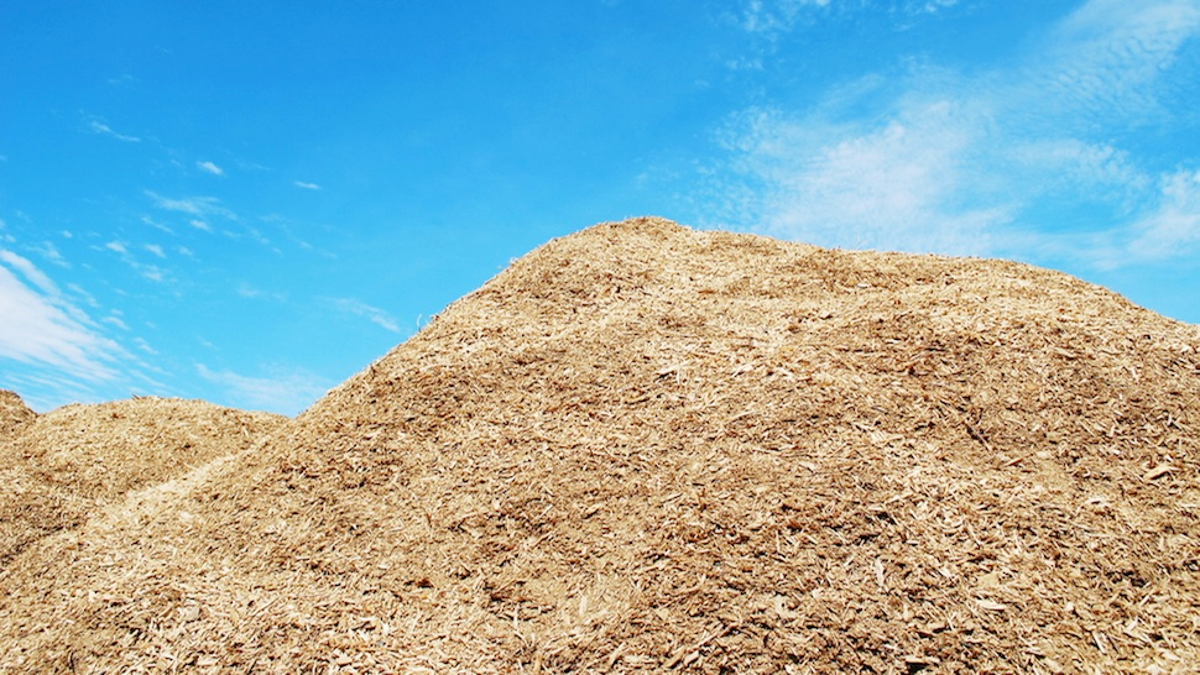

But you do not need to spit out your latte yet. Therefore many people spit out their vanilla lattes and ice creams. When people found out that the beaver butts emit the essence required to make vanilla many people became disgusted and shocked. Synthetic flavors became the order of the day. But over time the natural castoreum was considered to be not kosher so instead of that the synthetic flavors became popular. It was never the main ingredient but brought out the flavors well. It was a major ingredient in drinks, cakes, ice cream, and more. In the early twentieth century, the castoreum was available to make flavors and perfumes. Why Natural Castoreum is not popular today? It is more commonly used in fragrances that emit from lotion and candle wax. First, the beavers have to be anesthetized and the castor sacs milked.īut it is quite rare to find the vanilla flavor sourced from the beavers in foods. But according to National Geographic, the castoreum is difficult to get. Many wildlife experts agree that from the beaver’s butt there is always an emission of fragrance. So it is a natural essence from the beavers.

It is a yellowish oily fluid and its fragrance comes from the plant food the beaver eats.

She says that it comes from the castor sacs present near the anal glands. One historian named Nadia Bernstein wrote in 2018 about castoreum. Yet it is a bizarre thing and one of the ingredients in creating drinks and foods. Is the vanilla flavor from anal secretions of Beavers’?Ĭastoreum is a term that appears classy and antique.
/GettyImages-157359520-358510dd66334104a4cbac86f1208aee.jpg)
While vanilla extracts come from vanilla pods and beans, there are non-plant ways of creating vanilla flavouring. People are saying 'No' to vanilla flavour after checking the search results. Vanilla looks like a simple yet elegant flavour, isn't it? A social media trend asks people to Google, "Where does vanilla flavouring come from?" and post their reactions. Vanilla flavouring | Photo Credit: iStock Images


 0 kommentar(er)
0 kommentar(er)
